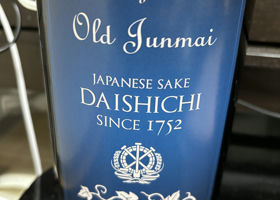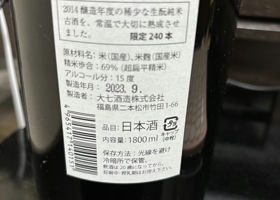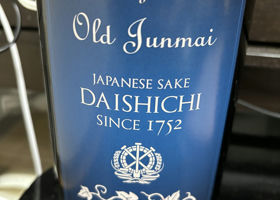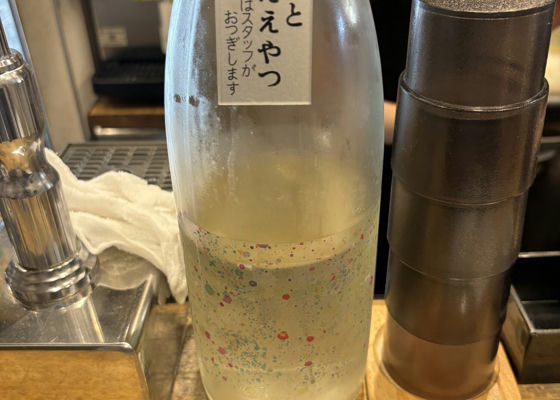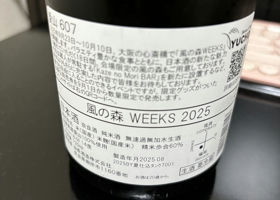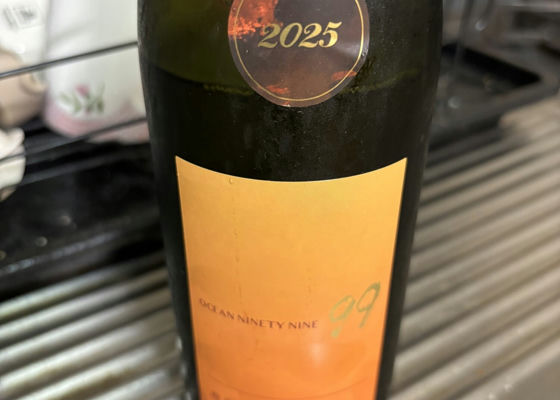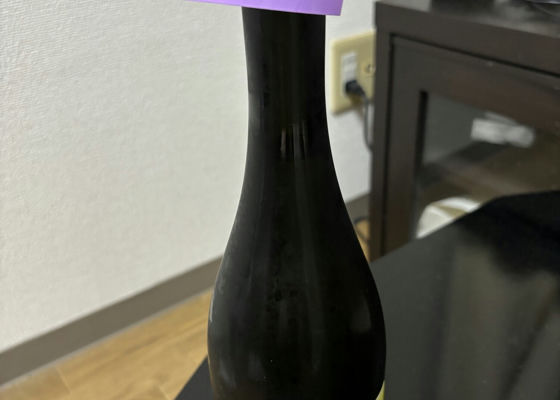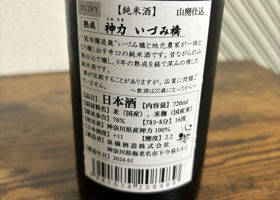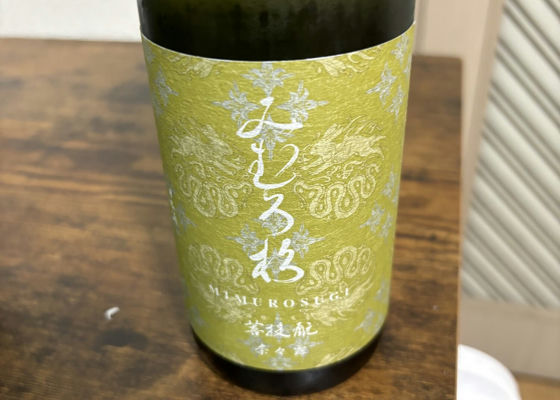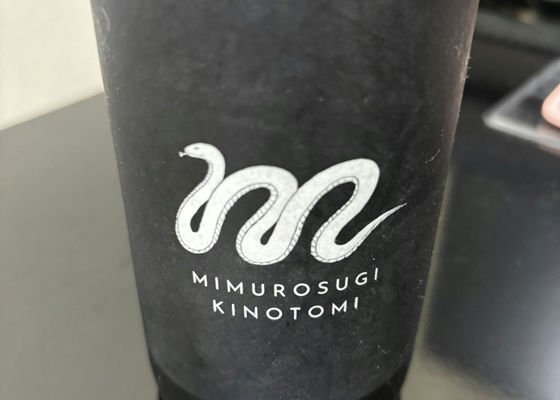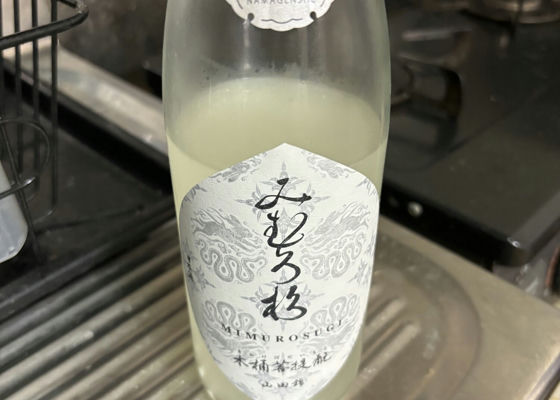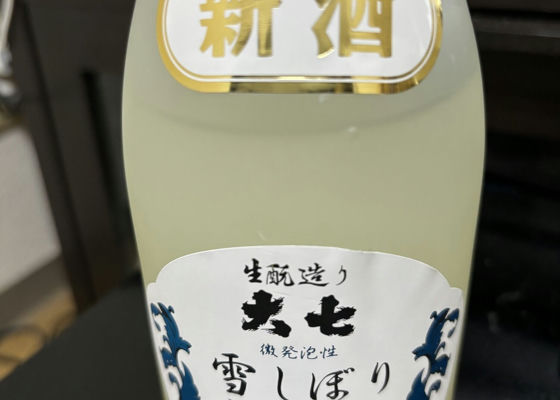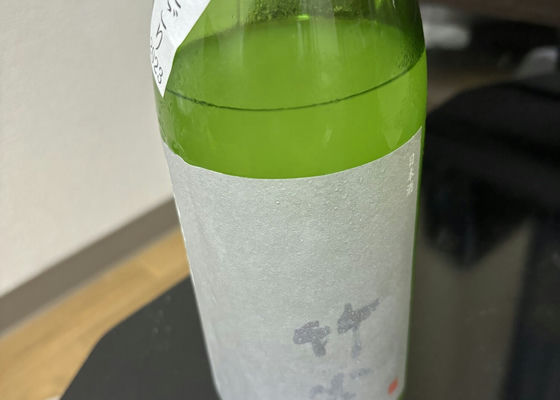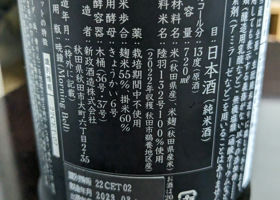Aramasaヴィリジアンラベル
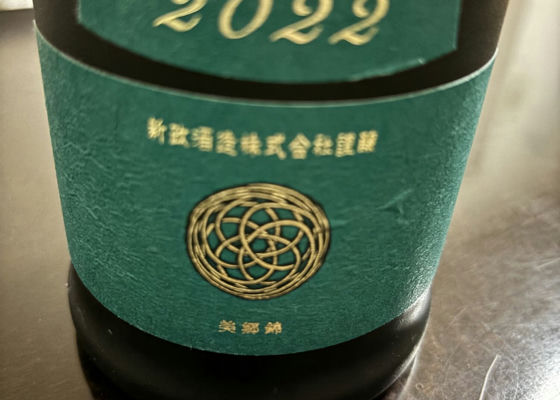
かぶら
Shinsei Viridian 2022
Clear and colorless, no effervescence
In addition to whey, there is a slight cheese aroma as a result of some aging.
Soft aroma derived from wooden vats
Gentle sweetness and sharp acidity on the attack.
The sweetness is not persistent, and a mild bitterness develops in the middle.
The bitterness does not fade out but remains and is powerful.
Although it is slender, it is full of umami, and the refreshing acidity and umami coexist at a high level.
Shinsei Viridian 2022
It was bottled in 2023.08 and aged for less than 2.5 years.
The sake has a complex structure with a wooden vat added to the sake yeast, and does not easily evoke the image of fruit.
While it continues to be a front runner in the popular sake category, it is always interesting to drink because it is the opposite of easy to understand, and it is honestly very good!
Japanese>English
